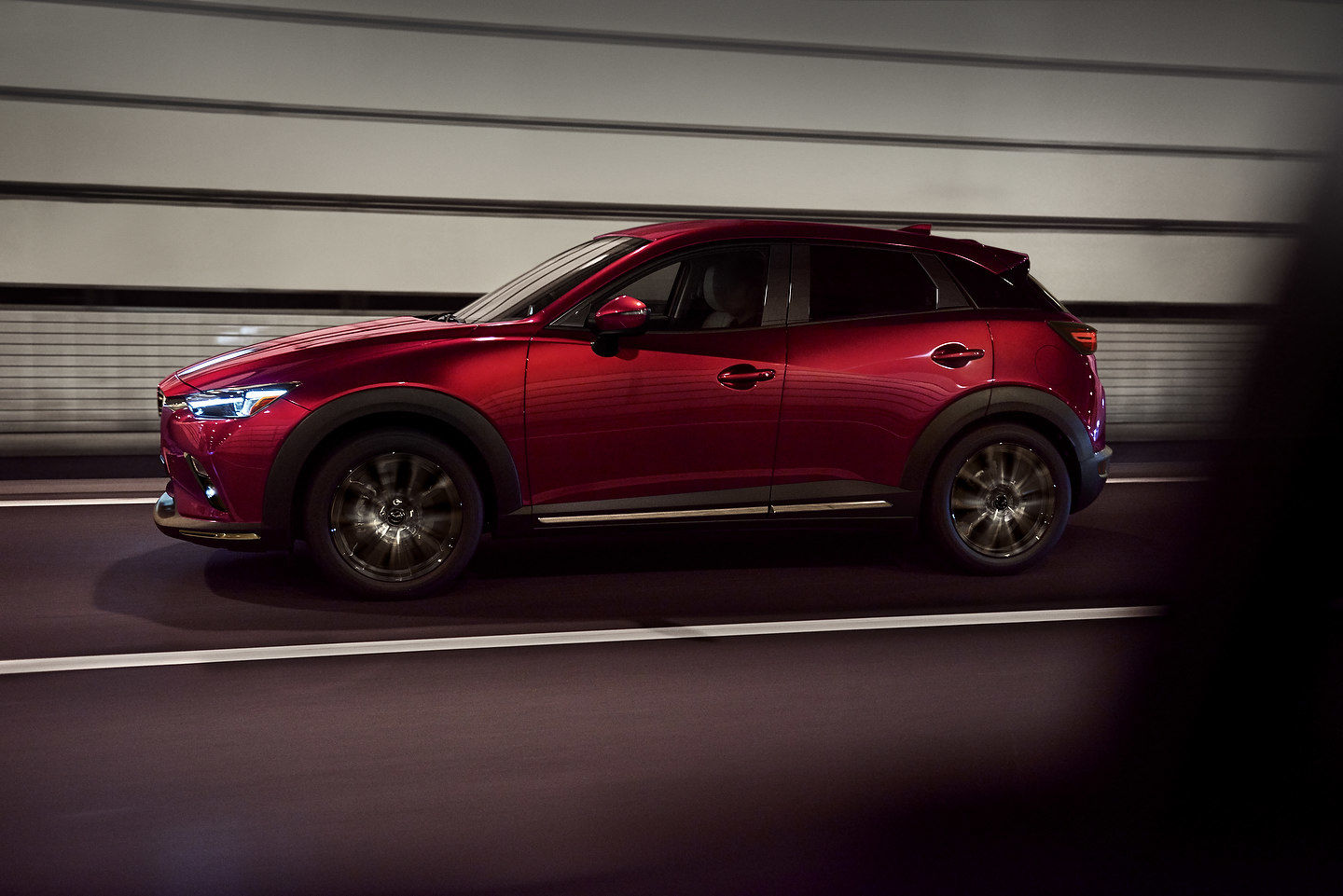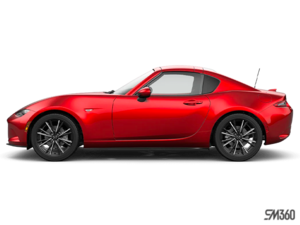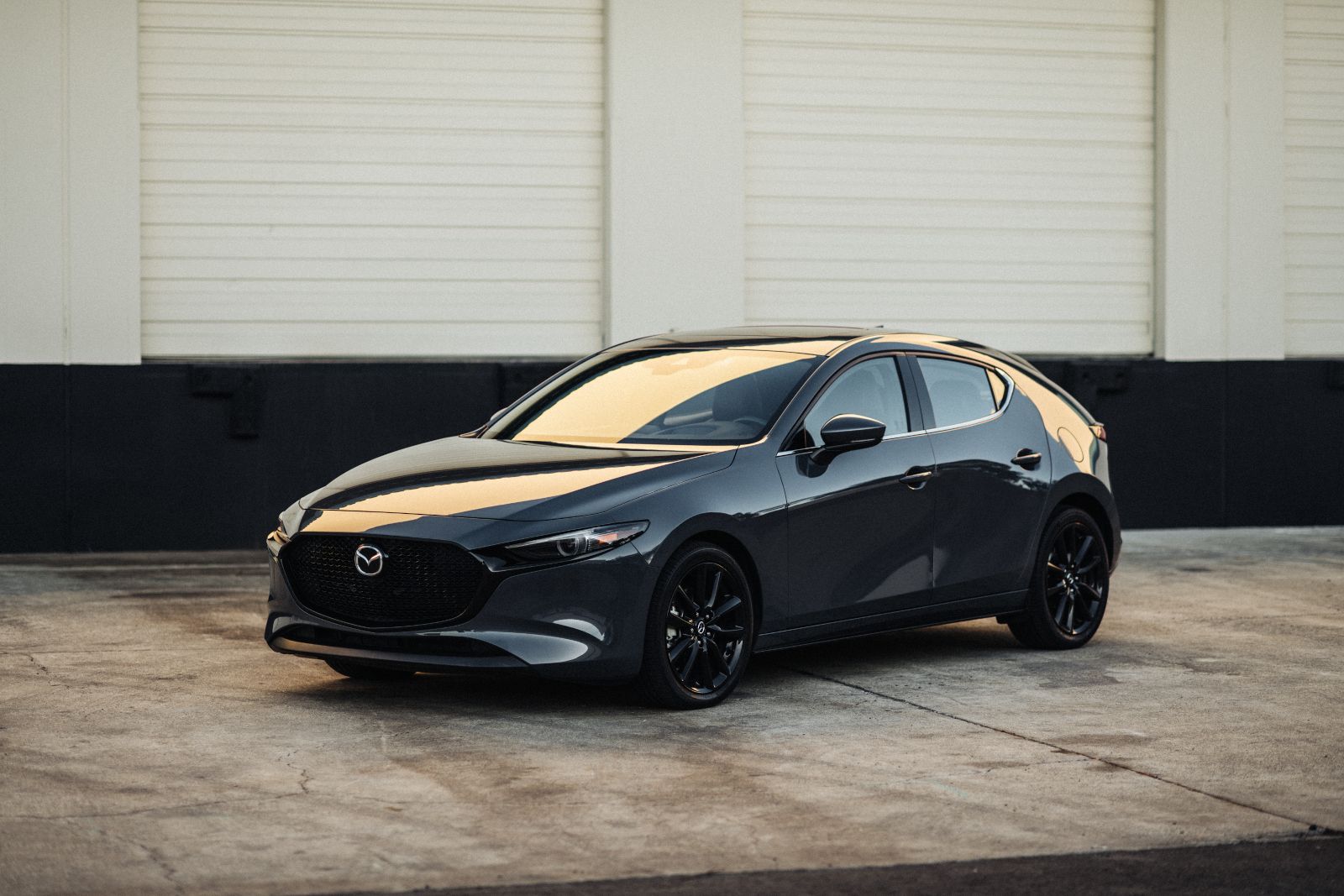Understanding active safety and passive safety
May 31 2019,

There are plenty of new technologies offered on the market these days, and drivers have never been as protected as they are now behind the wheel of their vehicles. That said, it can be a bit overwhelming when we are trying to figure out what all of these technologies do. It helps to start with the premise that there are both active safety and passive safety technologies. All major safety innovations fall within one of these two categories.
Active safety refers to systems that play an active role in maintaining safety. In other words, active safety technologies are constantly monitoring the road ahead, scanning for potential dangers, and reacting to them. They will warn you of a potential danger, and they can also intervene to prevent an accident if you don’t react to the warning.
Passive safety is there to prevent injury should an accident be unavoidable. These technologies include airbags and other passive features such as blind spot monitoring that improve visibility on the highway and in the city.
To learn more about some of the active and passive safety technologies offered on new Mazda vehicles, contact us today at Metrotown Mazda.






